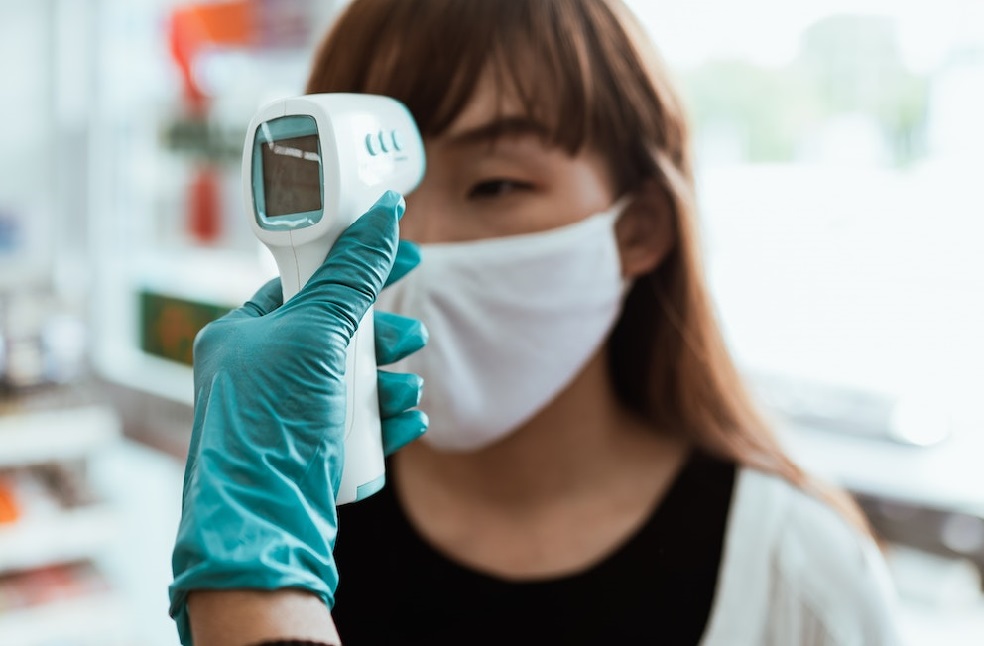United states: A new study has found that cases of a dangerous fungus tripled in the United States over just three years, and more than half of the states have now reported it.
According to the study published in the Annals of Internal Medicine, the COVID-19 pandemic likely drove part of the increase. “Hospital workers were strained by coronavirus patients, and that likely shifted their focus away from disinfecting some other kinds of germs, the researchers at the Centres for Disease Control and Prevention (CDC), who conducted the study, remarked.
The fungus Candida auris is a form of yeast that is usually not harmful to healthy people but can be a deadly risk to fragile hospital and nursing home patients. It spreads easily and can infect wounds, ears, and the bloodstream. Some strains are so-called “superbugs,” which are resistant to all three classes of antibiotic drugs used to treat fungal infections.

The fungus was first identified in Japan in 2009 and has since been seen in more and more countries. The first US case occurred in 2013, but it was not reported until 2016.
The new study found cases have continued to shoot up, rising from 476 in 2019 to 756 in 2020 and then 1,471 in 2021. Doctors have also detected the fungus on the skin of thousands of other patients, making them a transmission risk to others.
Furthermore, in 2021, there was a tripling of the number of cases resistant to echinocandins, the class of drugs most often recommended for the treatment of the disease.
“Many of the first US cases were infections that had been imported from abroad, but now most infections are spread within the US,” the authors further noted.



